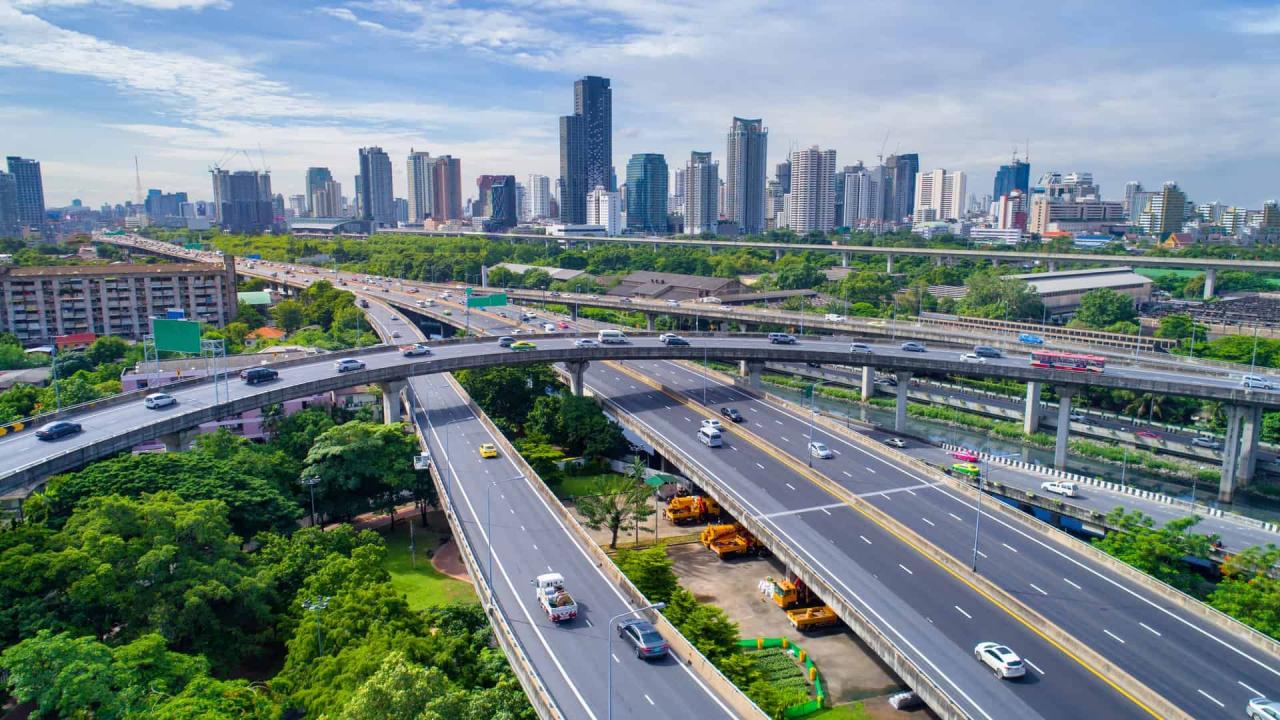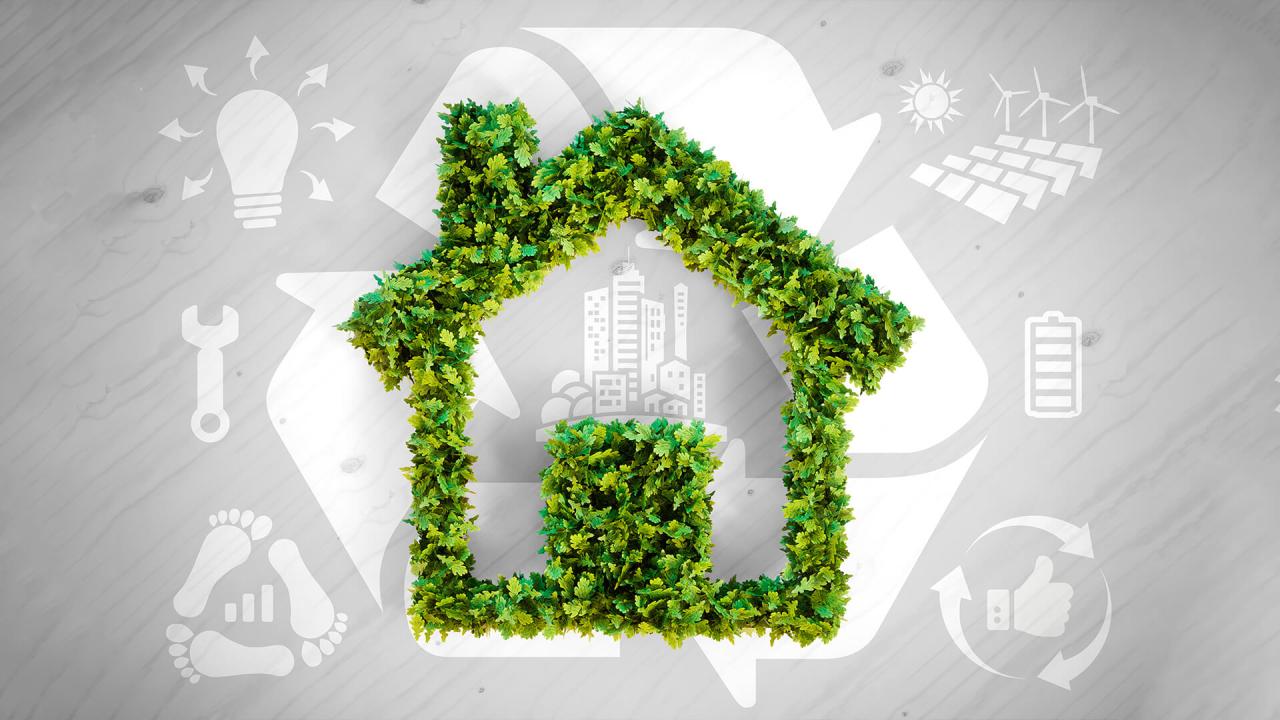The trajectory of urban development is a dynamic and ever-evolving narrative, constantly shaped by technological advancements, demographic shifts, economic forces, and environmental imperatives. As the global population continues to urbanize at an unprecedented rate, the design, planning, and sustainability of our cities have become critical considerations for governments, developers, businesses, and citizens alike. This comprehensive article delves into the most impactful urban development trends, dissecting their underlying drivers, exploring their manifestations across diverse cities, and analyzing their potential to forge more resilient, equitable, and livable metropolitan areas for generations to come. Understanding these intricate dynamics is essential for anyone seeking to comprehend or influence the future of our urbanized world.
The Impetus for Urban Transformation

The current wave of urban development trends is not accidental; it is a direct response to a confluence of global challenges and opportunities. Identifying these driving forces is key to grasping the direction of urban evolution.
A. Population Growth and Demographic Shifts
- Continued Urbanization: Despite some recent decentralization trends, the long-term global shift towards urban centers remains strong. More people are moving to cities seeking economic opportunities, better access to services, and cultural amenities. This relentless influx necessitates continuous urban expansion and densification.
- Changing Household Structures: The traditional nuclear family model is evolving, with an increasing prevalence of single-person households, childless couples, and multi-generational living arrangements. These shifts demand a greater diversity of housing types and urban configurations to accommodate varying needs and preferences.
- Aging Populations: Many developed nations are experiencing significant demographic shifts towards older populations. This requires cities to adapt their infrastructure, housing, and public services to be more age-friendly, accessible, and supportive of senior citizens, influencing everything from public transport to healthcare facilities.
- Youth Migration and Talent Attraction: Cities often serve as magnets for young talent, offering educational institutions, job opportunities, and vibrant social scenes. Urban development strategies frequently aim to cultivate environments that attract and retain this crucial demographic, ensuring future economic vitality.
B. Economic Restructuring and Innovation
- Rise of the Knowledge Economy: Modern urban economies are increasingly driven by knowledge-based industries, technology, and innovation. Cities are transforming into hubs for research, development, and high-tech manufacturing, requiring specialized infrastructure, collaborative workspaces, and a highly skilled workforce.
- E-commerce and Retail Adaptation: The explosive growth of e-commerce has forced traditional retail sectors to reinvent themselves. Urban areas are seeing a shift from large-format retail to mixed-use developments that combine smaller, experiential retail with residential, office, and entertainment spaces, creating more vibrant streetscapes.
- Investment in Infrastructure: Governments and private entities are making substantial investments in urban infrastructure, including advanced transportation networks, smart grids, and digital connectivity. These investments are crucial for supporting economic growth, enhancing urban efficiency, and attracting businesses.
- Global Capital Flows: Cities with stable economies, strong legal frameworks, and attractive investment climates continue to draw significant international capital for real estate and infrastructure projects. These global financial flows play a pivotal role in shaping large-scale urban development initiatives.
C. Environmental Imperatives and Climate Change
- Climate Change Mitigation: Cities are major contributors to greenhouse gas emissions. Urban development is increasingly focused on mitigation strategies, including promoting public transport, renewable energy integration, green building standards, and carbon-neutral developments.
- Climate Change Adaptation: Urban areas are highly vulnerable to the impacts of climate change, such as rising sea levels, extreme heat events, and increased frequency of severe storms. Urban planning now incorporates adaptation measures like resilient infrastructure, green spaces for cooling, and sustainable water management systems.
- Resource Scarcity: Growing urban populations place immense strain on natural resources, particularly water and energy. Sustainable urban development emphasizes resource efficiency, waste reduction, and the adoption of circular economy principles to minimize environmental footprints.
- Desire for Green Spaces: There’s a growing recognition of the importance of urban green spaces for public health, biodiversity, and climate resilience. Urban planning is integrating more parks, green corridors, and urban farms into city designs.
Key Trends in Modern Urban Development
The convergence of these drivers is manifesting in several distinct and powerful urban development trends that are redefining the character and functionality of cities worldwide.
A. Smart City Initiatives
- Data-Driven Urban Management: Smart cities leverage vast amounts of data collected from sensors, cameras, and connected devices to optimize urban services. This includes intelligent traffic management, optimized waste collection, smart street lighting, and predictive maintenance for infrastructure, leading to greater efficiency and responsiveness.
- Enhanced Connectivity: Pervasive high-speed internet (5G, fiber optics) and IoT (Internet of Things) networks form the backbone of smart cities, enabling seamless communication between devices, infrastructure, and citizens, facilitating new services and applications.
- Digital Citizen Services: Cities are increasingly offering digital platforms for citizen engagement, permit applications, public transport information, and emergency services, making interactions with urban governance more convenient and transparent.
- Sustainable Technologies: Smart city initiatives often integrate renewable energy solutions, smart grids for energy management, and sensor-based systems for efficient water usage, contributing to environmental sustainability goals.
B. Mixed-Use and High-Density Development
- Live-Work-Play Environments: There’s a strong trend towards creating integrated neighborhoods where residential, commercial, retail, and recreational spaces are co-located. This reduces reliance on cars, fosters vibrant street life, and enhances walkability and cyclability, promoting healthier lifestyles.
- Vertical Urbanism: To accommodate growing populations within limited land areas, cities are increasingly building upwards. This involves the construction of high-rise residential towers, mixed-use skyscrapers, and dense urban clusters that maximize land efficiency.
- Adaptive Reuse: Instead of demolition, older buildings (e.g., former industrial sites, historical structures) are being redeveloped and repurposed for new uses such as residential lofts, creative office spaces, or cultural centers. This preserves urban heritage and promotes sustainable development.
- Transit-Oriented Development (TOD): TOD focuses on creating dense, mixed-use communities around public transportation hubs. This strategy encourages public transit ridership, reduces traffic congestion, and enhances accessibility, making cities more efficient and environmentally friendly.
C. Green and Resilient Infrastructure
- Nature-Based Solutions: Cities are increasingly adopting nature-based solutions to address environmental challenges. This includes green roofs, permeable pavements for stormwater management, urban forests for heat island effect mitigation, and constructed wetlands for water purification.
- Climate-Resilient Design: New urban development incorporates features designed to withstand the impacts of climate change. This includes flood-resistant buildings, elevated infrastructure, drought-tolerant landscaping, and improved drainage systems to manage extreme weather events.
- Renewable Energy Integration: Urban planning is increasingly integrating renewable energy sources directly into the urban fabric, such as solar panels on buildings, wind turbines in strategic locations, and geothermal heating/cooling systems for districts.
- Circular Economy Principles: Cities are aiming to reduce waste and optimize resource use by adopting circular economy principles. This involves designing infrastructure for durability, promoting recycling and reuse, and converting waste into energy, minimizing the environmental footprint of urban living.
D. Emphasis on Health and Well-being
- Walkable and Cyclable Cities: Urban planning is prioritizing pedestrian and cycling infrastructure to encourage active transportation. This includes wider sidewalks, dedicated bike lanes, and safe crossings, promoting physical activity and reducing reliance on vehicles.
- Access to Green Spaces: The importance of parks, community gardens, and natural areas for mental and physical well-being is widely recognized. Urban development is integrating more accessible green spaces to provide recreational opportunities and improve air quality.
- Healthy Building Design: New buildings are incorporating features that promote occupant health, such as ample natural light, good ventilation, non-toxic materials, and access to outdoor views.
- Inclusive Urban Design: Cities are striving to create more inclusive environments that cater to diverse populations, including those with disabilities, the elderly, and families with young children. This involves universal design principles in public spaces and transportation.
Challenges and Opportunities in Urban Evolution

The path of urban development is fraught with both significant challenges and transformative opportunities.
A. Challenges
- Affordability Crisis: Rapid urban development often drives up property values and rents, making cities unaffordable for low- and middle-income residents. This can lead to displacement, gentrification, and increased social inequality, challenging the very notion of inclusive urbanism.
- Infrastructure Strain: Growing urban populations place immense strain on existing infrastructure, including transportation, water, sanitation, and energy grids. Upgrading and expanding this infrastructure requires substantial investment and careful planning.
- Environmental Degradation: Despite efforts towards sustainability, rapid urbanization can lead to increased pollution, habitat loss, and resource depletion if not managed carefully. The balance between growth and environmental protection remains delicate.
- Social Equity and Inclusion: Ensuring that the benefits of urban development are shared equitably across all segments of society, and preventing the marginalization of vulnerable populations, remains a persistent challenge. Bridging the digital divide and ensuring access to services for all residents is crucial.
B. Opportunities
- Economic Regeneration: Thoughtful urban development can revitalize declining areas, attract new businesses, create jobs, and stimulate local economies, leading to overall prosperity.
- Innovation Hubs: Cities are natural incubators for innovation. By fostering environments that support entrepreneurship, research, and collaboration, urban development can drive technological advancements and economic diversification.
- Enhanced Quality of Life: Well-planned and sustainably developed cities can offer a higher quality of life through improved public services, greater access to amenities, better health outcomes, and a stronger sense of community.
- Climate Leadership: Cities have the potential to be leaders in combating climate change. By implementing ambitious sustainability initiatives and demonstrating best practices in green building and renewable energy, urban areas can serve as models for global climate action.
- Community Building: Modern urban development can move beyond mere construction to focus on building strong, resilient, and inclusive communities, fostering social connections and a sense of belonging among residents.
Strategies for Future-Proofing Urban Development
To harness the opportunities and mitigate the challenges, strategic approaches are essential for shaping the cities of tomorrow.
A. Integrated Planning and Governance
- Long-Term Visioning: Develop comprehensive, long-term urban development plans that anticipate future demographic, economic, and environmental changes, providing a clear roadmap for sustainable growth.
- Cross-Sector Collaboration: Foster strong partnerships between government agencies, private developers, academic institutions, non-profit organizations, and local communities to ensure integrated and holistic planning.
- Data-Driven Decision Making: Utilize robust data analytics and smart city technologies to inform planning decisions, monitor progress, and adapt strategies in real-time.
- Adaptive Regulations: Implement flexible and adaptive zoning and building codes that can respond to evolving needs, encourage innovation, and support diverse housing types.
B. Sustainable Financing Models
- Public-Private Partnerships (PPPs): Leverage PPPs to mobilize private capital and expertise for large-scale infrastructure and urban development projects, sharing risks and rewards.
- Green Bonds and Impact Investing: Attract investments for sustainable urban development through green bonds and impact investing funds that prioritize environmental and social returns alongside financial gains.
- Value Capture Mechanisms: Implement mechanisms to capture a portion of the increased land values generated by public infrastructure investments (e.g., through special assessment districts or land value taxes) to reinvest in further urban development.
- Strategic Grant Funding: Actively seek grants and funding from national and international organizations dedicated to sustainable urban development, climate resilience, and social equity.
C. Community Engagement and Empowerment
- Inclusive Participatory Processes: Ensure that all segments of the community, especially marginalized groups, have a voice in urban planning and decision-making processes, leading to more equitable outcomes.
- Capacity Building: Invest in programs that empower local communities with the knowledge and skills to actively participate in and contribute to urban development initiatives.
- Digital Inclusion: Bridge the digital divide by ensuring equitable access to broadband internet and digital literacy programs, enabling all citizens to participate in smart city initiatives and access online services.
Conclusion
The trends in urban development are rapidly transforming our world, moving towards cities that are smarter, greener, and more connected. While navigating complex challenges such as affordability, climate change, and infrastructure strain, these trends also present immense opportunities to foster economic prosperity, enhance social well-being, and create truly sustainable urban ecosystems. By embracing integrated planning, innovative technologies, diverse housing solutions, and deep community engagement, we can collectively shape the future of our cities, ensuring they remain vibrant, resilient, and equitable places for all who call them home. The journey of urban evolution is continuous, and our strategic choices today will determine the quality of life in the urban landscapes of tomorrow.













